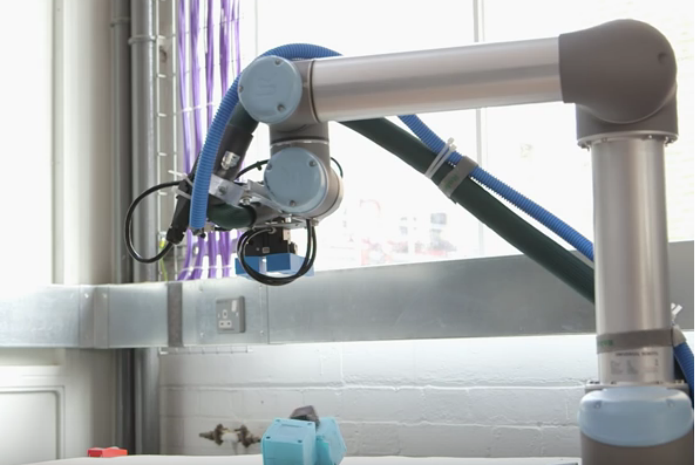In an attempt to discover more details about the theory of evolution and natural selection, a team of researchers from the University of Cambridge built a “mother” robot that can build it’s own robot “children,” determine which ones have the best traits and then make improvements in the next batch of kids its births.
The mother robot independently builds its children and tests them, then uses the results as a stepping-stone for the design of the next generation, so that the good traits are passed down —all without any human intervention aside from the initial command to make the robot move.

The researchers conducted five separate experiments using mother robot in which it constructed generations of ten children, using the information gathered from one generation to determine how the next set would be designed.
The team’s results “found that preferential traits were passed down through generations, so that the ‘fittest’ individuals in the last generation performed a set task twice as quickly as the fittest individuals in the first generation,” according to Cambridge University.
Which children did mother robot deem “fit”?
Each robot child was tested on how far it traveled from its starting position in a set amount of time. The most successful robots then remained unchanged when the next generation was constructed in order to maintain their good qualities, but the children that weren’t successful had changes imposed on them. The process was inspired by nature, where living things evolve and make adjustments over time in order to survive in different environments.
“Natural selection is basically reproduction, assessment, reproduction, assessment and so on,” said lead researcher Dr Fumiya Iida of Cambridge’s Department of Engineering, who worked in collaboration with researchers at ETH Zurich. “That’s essentially what this robot is doing – we can actually watch the improvement and diversification of the species.”
Watch the video below for more information.
The team’s findings were reported in the open access journal PLOS One.
Story via University of Cambridge.
